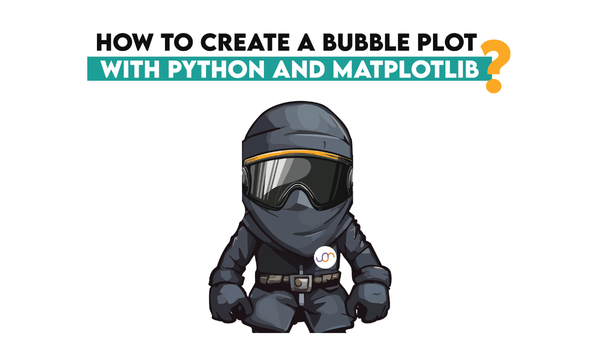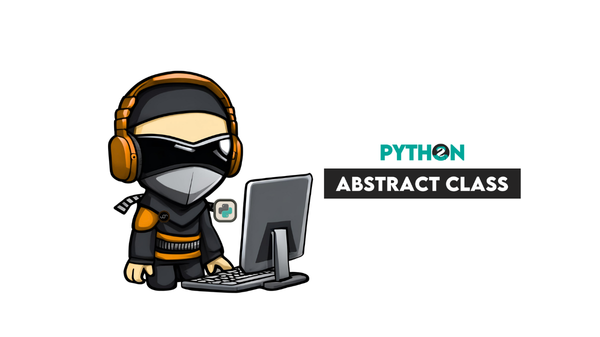LLM Deep Dive: Practitioner vs. Researcher Path

 Written by:
Written by:Nathan Rosidi
There are two main approaches to learning LLMs if you already have ML experience. We explore them in this article and give suggestions on what to know.
You've nailed machine and deep learning, but now you're diving into large language models (LLMs). Where do you even begin without wasting time? Everyone has an opinion – OpenAI docs, Andrej Karpathy’s videos, or LangChain notebooks hailed as sacred scrolls.
What Do You Really Want?
Before you dive in, answer this: Do you want to understand how LLMs work under the hood?
Or do you just want to use LLMs effectively?
Because these are two very different paths. The practitioner path focuses on applications – fine-tuning, prompt engineering, and building AI systems. That’s perfect for actually making something useful.
The researcher path is where you have to know the internals – think transformers, attention mechanisms, and tokenizers. This path is great if you're aiming for research or custom model development.
Let's now get into the details of each of these paths.
The Practitioner Path: Delivering Value Fast
Here, you’re acting as a pragmatist. Skip the transformer math and endless theory. Focus on what businesses actually pay for.

1. Learn the Tools of the Trade
Practical work with the right tools is key. Familiarize yourself with the most commonly used libraries and platforms in the LLM ecosystem:
- LangChain: The go-to library for building end-to-end pipelines. It simplifies tasks like chaining prompts, integrating APIs, and creating conversational agents.
- Hugging Face: Perfect for fine-tuning and deploying pre-trained models. It's user-friendly and has extensive documentation to get you up to speed.
- OpenAI or Cohere APIs: Experiment with pre-built LLMs to understand capabilities, test outputs, and rapidly prototype solutions. These APIs give you instant access to cutting-edge models without the need for large computing resources.
2. Master Prompt Engineering
This might sound simple, but it's where most of the real value lies. Great prompt engineering can optimize performance without expensive retraining.
- Few-shot and zero-shot prompts: Learn how to design prompts that elicit high-quality responses with minimal guidance. Few-shot prompts use few examples, while zero-shot relies on a well-phrased query alone.
- Optimize outputs: Tweak prompts to reduce errors, control verbosity, and ensure consistent results while staying mindful of token limits and API costs.
3. Understand Retrieval-Augmented Generation (RAG)
RAG is a game-changer for many real-world applications. It pairs LLMs with external databases to provide up-to-date, contextual, and precise responses.
- LangChain’s RAG notebooks: Learn how to use them to connect LLMs with knowledge bases or proprietary datasets.
- Experiment with retrieval systems: These systems, such as vector databases, enhance your model’s capabilities, so use Pinecone, Weaviate, or FAISS.
By combining LLMs with retrieval techniques, you move from generic chatbot responses to domain-specific insights critical for industries like finance, healthcare, and legal.
4. Pull It All Together–Build Something
Now, it's time to consolidate what you've learned. Take the tools, techniques, and understanding from the previous steps and create a working application. Here's how to get started:
- Define a problem: Pick a real-world challenge – summarizing documents, building a chatbot, or creating an intelligent assistant for a specific domain.
- Plan the pipeline: Use LangChain to chain together APIs, retrieval tools, and processing steps. Think of it as building a workflow with your LLM at the core.
- Integrate retrieval: If your application requires up-to-date or domain-specific knowledge, integrate a vector database or knowledge graph to support your LLM.
- Optimize with prompt engineering: Design your prompts carefully, iterate for better performance, and test thoroughly to ensure reliability.
- Deploy and get feedback: Push your application live – use platforms like Hugging Face Spaces or cloud services like AWS Lambda – and gather feedback to refine it further.
The Researcher Path: Peeking Under the Hood
The researcher path is for those who want to go beyond using pre-trained models. This is about understanding how LLMs work from the ground up and building a foundation that lets you innovate in the field.
Here's what that path looks like.

1. Start With the Core Papers
Read Attention is All You Need – the paper that launched transformers into stardom. It’s dense, but it’s worth it.
Follow up with GPT-3’s paper Language Models are Few-Shot Learners to see how these ideas evolved.
Don't skip the Scaling Laws for Neural Language Models paper –it explains why bigger models and datasets improve performance and sets the stage for understanding LLM trends.
Follow platforms like ArXiv and Papers With Code for the latest breakthroughs.
2. Build From Scratch
Karpathy’s NanoGPT is a great starting point, but don’t stop there. Build your own mini-transformer, tweak it with smaller datasets, and test variations like alternative optimizers or hyperparameters.
3. Master the Math
Dig into the nuts and bolts: self-attention, positional encoding, and layer normalization.
Then, explore efficiency tricks like sparse attention, pruning, and optimization methods like AdamW and learning rate schedules. They’re key to scaling up.
4. Get Familiar With Open-Source Models and Advanced Fine-Tuning Techniques
Explore open implementations like GPT-Neo, GPT-J, and Llama. Read their papers and codebases to see how they adapt transformer architectures.
Experiment with PEFT techniques, such as LoRa, adapters, and prefix tuning, for fine-tuning these models. These approaches allow you to fine-tune massive models without modifying or retraining all the original parameters, making them ideal for low-resource environments. They work by introducing small, low-rank matrices into the model's architecture, leaving most of the pre-trained model parameters unchanged.
Also, dive into specialized applications of fine-tuning, such as domain adaptation or reinforcement learning from human feedback (RLHF), which are increasingly used to improve the usability of LLMs like ChatGPT.
TL;DR
Practitioners: Focus on applications, not theory.
- Master tools like LangChain for building pipelines and Hugging Face for fine-tuning models.
- Learn prompt engineering to optimize outputs and explore Retrieval-Augmented Generation (RAG) to pair LLMs with real-world data.
- Finally, bring it all together by creating practical applications—chatbots, intelligent assistants, or document summarizers.
- Test, deploy, and iterate based on feedback to refine your skills.
Researchers: Dive into the internals.
- Start with foundational papers like “Attention is All You Need” and “Scaling Laws for Neural Language Models” to understand the theory behind transformers and model scaling.
- Build your own mini-transformer from scratch and experiment with open-source models like GPT-Neo, GPT-J, or Llama.
- Explore PEFT fine-tuning methods like LoRa, adapters, and prefix tuning to adapt large models efficiently.
- Finally, stay ahead by keeping up with the latest research on ArXiv and Papers With Code.
Everyone: Stop doom-scrolling Reddit and just start working on a project. You’ll learn more in a week than from a dozen tutorials.
Project Suggestions
Here are my suggestions for each path.
Practitioner Projects
- Gen AI Project Using Llama3.1 on YouTube: A project where you’ll build a cold email generator using Llama3.1, open source LLM, chromadb (vector store), LangChain, and Streamlit.
- Conversational Agent on Medium: This is a project that’ll teach you how to build and deploy a conversational document retrieval agent using LangChain and Streamlit.
- Advanced Hybrid Search on GitHub: You will build a RAG system that combines semantic (FAISS) and lexical (BM25) searches. You will learn document splitting and preprocessing, embedding generation and caching, asynchronous processing, LRU caching for Ollama responses, dynamic weight adjustment between semantic and lexical search, and local processing suitable for sensitive or proprietary information.
Researcher Projects
- Implementing Transformers From Scratch Using PyTorch on Kaggle: Develop a transformer-based language model using deep learning frameworks such as PyTorch. This exercise will deepen your understanding of attention mechanisms, positional encoding, and the architecture that underpins LLMs.
- Byte Pair Encoding on GitHub: The BPE implementation inspired by the Neural Machine Translation of Rare Words with Subword Units paper and guided by Lei Mao's educational tutorial. In this project, you will learn tokenization with Byte-Pair Encoder, tools for managing and analyzing vocabulary, and calculate token pair frequencies for subword units.
- LLM Fine-Tuning on GitHub: The project showcases 17 LLM architectures and leverages LoRA (Language Resource Archive) and Hugging Face's Transformers library.
Conclusion
The future of data jobs isn’t about fighting off AI but about working with it. To stay relevant, master these future-proof skills, leverage AI as a tool to make work faster and smarter, and be ready to add the human touch.
Share


